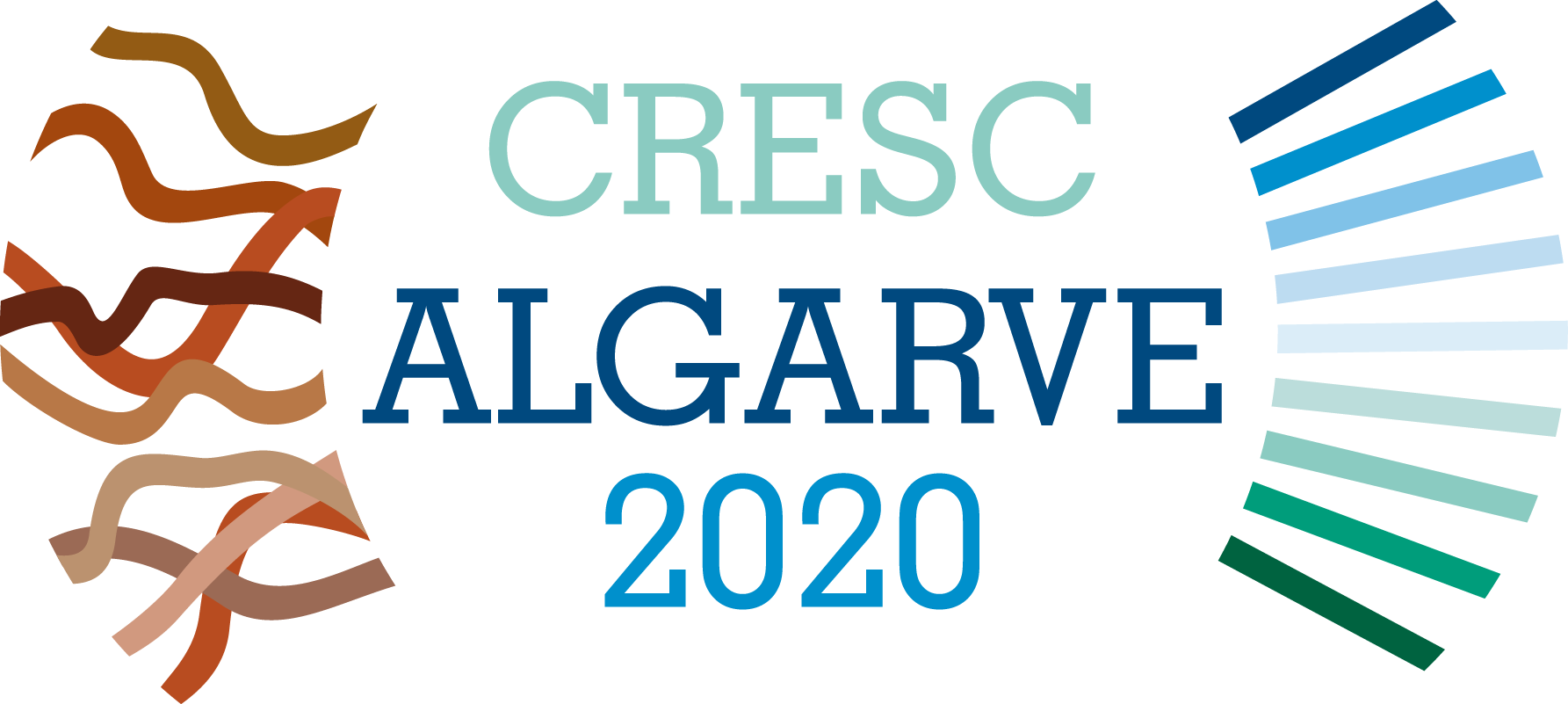Course Description
3C-based methods, such as Hi-C, produce a huge amount of raw data as pairs of DNA reads that are in close spatial proximity in the cell nucleus. Overall, those interaction matrices have been used to study how the genome folds within the nucleus, which is one of the most fascinating problems in modern biology. The rigorous analysis of those paired-reads using computational tools has been essential to fully exploit the experimental technique, and to study how the genome is folded in space. Currently, there is a clear expansion on the wealth of data on genome structure with the availability of many datasets of Hi-C experiments down to 1Kb resolution.
In this course, participants will learn to use TADbit, a software designed and developed to manage all dimensionalities of the Hi-C data:
1D - Map paired-end sequences to generate Hi-C interaction matrices
2D - Normalize matrices and identify constitutive domains (TADs, compartments)
3D - Generate populations of structures which satisfy the Hi-C interaction matrices
4D - Compare samples at different time points
Target Audience
- Experimental researchers and bioinformaticians at the graduate and post-graduate levels
Important Dates
Deadline for applications: September 24th 2021
Course date: October 4th to October 6th 2021
Candidates with an adequate profile will be accepted until we reach 20 participants. Decisions will be communicated by Sep 24th.
Portugal





